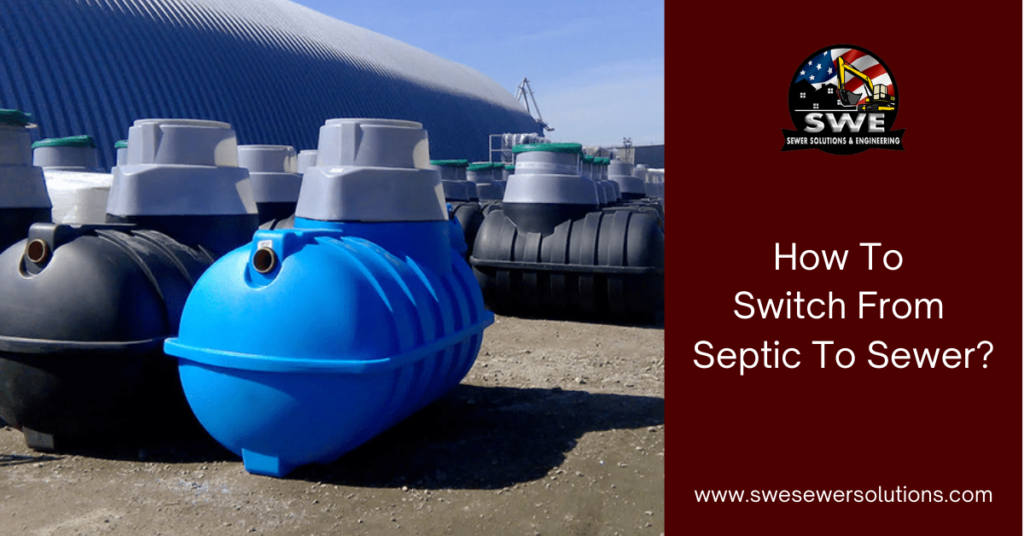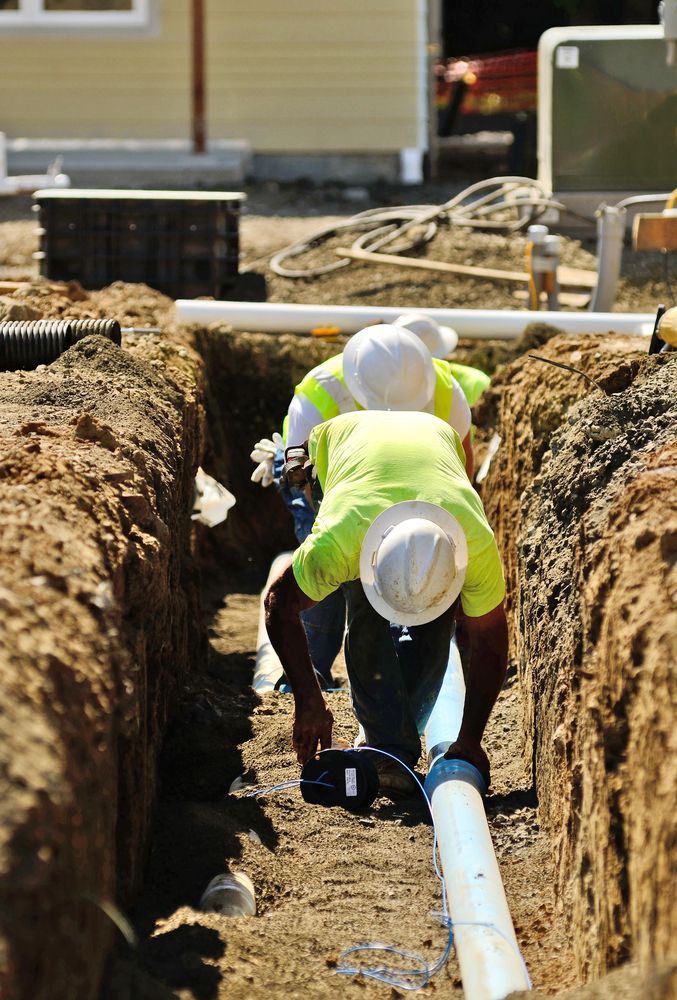Converting Septic to Sewer Cost: What You Need to Know
Converting from a septic system to a municipal sewer system can be an expensive process, but there are many factors homeowners need to consider before making a decision. In this article, we’ll explore some of the most important factors involved in this process and outline the pros and cons of converting septic to sewer cost.

- There are many reasons why homeowners may want to consider converting from a septic system to a municipal sewer system. Some of the most common reasons include wanting to improve the environment by reducing pollution and runoff, wanting to eliminate the need for regular maintenance and repairs, or simply wanting to reduce their monthly expenses. However, there are also some significant downsides to this decision that homeowners need to be aware of before making a final decision.
- One of the biggest factors affecting the cost of converting septic to sewer is the size of the home and property. Homes with large yards or multiple levels will typically require more work and therefore be more expensive to convert than smaller homes on a single level. In addition, homes located in areas with high water tables or poor drainage may also be more expensive to convert than homes located on level ground.
- Another important factor to consider is the type of sewer system that is available in the area. Some areas only have access to a limited number of municipal sewer lines, which can significantly increase the cost of converting septic to sewer. In addition, some areas may not have any municipal sewer lines at all, meaning that homeowners would need to install their own private sewage treatment plant. These systems can be very expensive and may not be worth the investment for some homeowners.
When considering the cost of converting septic to sewer, it’s also important to keep in mind the long-term costs associated with this decision. Homeowners who choose to convert septic to sewer will need to pay for the initial installation of pipe lines costs as well as the costs of running the new system. In addition, they’ll also be responsible for the ongoing costs associated with maintaining and repairing the new system. These costs can add up over time, so it’s important to factor them into the overall decision when considering whether or not converting septic to sewer is the right choice for a particular home.
As you can see, there are many factors to consider when determining the cost of converting septic to sewer. Homeowners need to carefully weigh the pros and cons of this decision before making a final choice. In some cases, the upfront costs associated with conversion may be worth the long-term benefits, but in other cases it may not. In the end, it’s up to each homeowner to decide what’s best for their particular situation.

Maintaining a sewer system is not as difficult as it may seem, but it is important to follow some basic guidelines in order to keep it functioning properly. Here are a few tips:
- Keep a close eye on your drainage system– if you notice any clogs or backups, call a professional immediately to get them fixed.
- Make sure that you only flush toilet paper and human waste down the drain- other materials (like wipes, tampons, and paper towels) can cause serious damage and clogs.
- Inspect your system regularly for leaks or cracks- if left untreated, these can lead to bigger problems down the road.
By following these simple tips, you can help ensure that your sewer system stays in good working order for years to come.
https://www.google.com/maps?cid=9085182458872637476